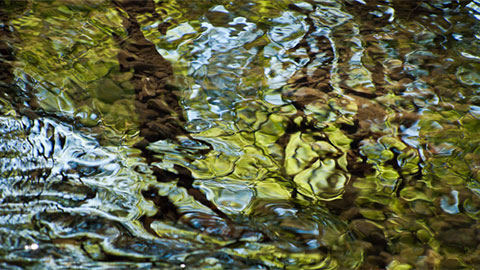Measuring the Nutrient Load of the Baltic Sea in Real Time
At the beginning of October, a project coordinated by the University of Turku and funded by the 7th framework programme of the European Commission called Baltic Flows was initiated. Research institutes, public operators and enterprises co-operate internationally to create a new joint action plan to monitor water quality in real time in the Baltic Sea area on a large scale.

The budget of the project for the years 2013–2016 is approximately three million euros. The project includes making a joint action plan for the monitoring of the Baltic Sea waters and controlling floodwaters in urban areas. The plan will be used by for example the European Commission, and the goal is that the results of the project can also be utilised elsewhere in Europe.
–The project is not about creating new technology, but building a framework which helps to construct research projects of the field in the future, says Research Manager Tuomas Valtonen from the Business and Innovations development (BID) unit of the University of Turku.
The Target is to Reliably Measure Water Pollution
The Baltic Sea coastal states have committed to significantly reducing the amount of nutrients and other waste flowing into the Baltic Sea by 2020. To obtain this goal it is important to be able to reliably measure water pollution.
–The Baltic Sea suffers especially from nutrient waste from agriculture and waste from urban areas, because during floods waste waters are often let into the seas past the cleansing systems. Currently, the pollution level of the Baltic Sea is estimated mostly based on population numbers, because reliable monitoring and reporting does not yet exist on a large scale, says Valtonen.
The goal is that in the future real time information about nutrient concentration levels in flowing water could be obtained with the help of a comprehensive measurement system. This would enable long-term monitoring of the actual pollution levels.
–The measurements must be made of flowing water so that the problems are recognized already before they reach the sea.
An Extensive Partnership Network
The joint action plan that is made during the project will be a result of extensive international collaboration.
–16 organisations from Finland, Sweden, Estonia, Latvia and Germany participate in the project. Our partner from the UK investigates the possibilities of exporting knowledge of the European water monitoring to the Far East, where the pollution of water systems poses a growing challenge due to industrialisation.
One of the goals of the project is to utilise the knowledge of small and medium-sized enterprises and to discover new export potential.
–One small or medium-sized enterprise or some representative of the enterprise sector from each area participates in the project, says Valtonen.
Text: Jussi Matikainen
Translation: Jenna Sjöholm
Photograph: Martin Liebermann